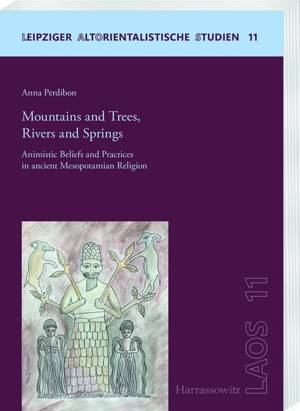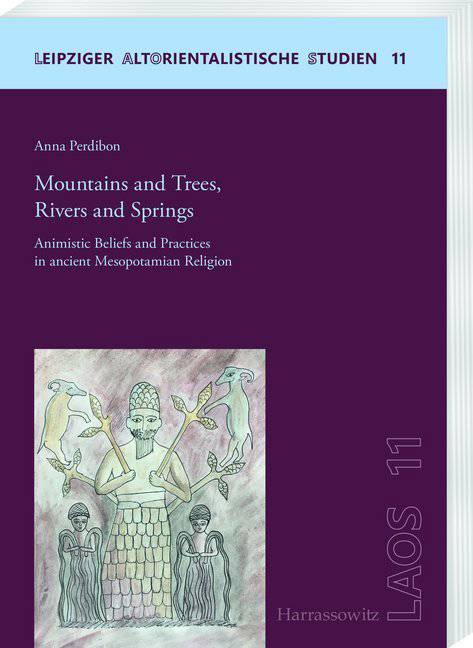
- Afhalen na 1 uur in een winkel met voorraad
- Gratis thuislevering in België vanaf € 30
- Ruim aanbod met 7 miljoen producten
- Afhalen na 1 uur in een winkel met voorraad
- Gratis thuislevering in België vanaf € 30
- Ruim aanbod met 7 miljoen producten
Zoeken
Mountains and Trees, Rivers and Springs
Animistic Beliefs and Practices in Ancient Mesopotamian Religion
Anna Perdibon
€ 57,45
+ 114 punten
Omschrijving
The animated picture of myths and magic, prayers and offerings in ancient Mesopotamian Religion, is a reflection of a world where gods and humans were part of a much more complex and multi-layered system, where every single part was closely connected with each other in a dense network of symbolic and ritual meanings. Mountains, rivers, trees, and plants were regarded as cosmic entities, deeply entangled with the sacred landscape, as "other-than-human" persons, and sometimes as deities, who engaged in a multitude of ways with the life of ancient Mesopotamians, and partook of their divine and relational cosmos. Anna Perdibon explores the modalities of the human-environmental relationships by studying how mountains, rivers, and trees were embedded within the ancient Mesopotamian religious framework. The analysis is based on reading the ancient myths, rituals, incantations, and other textual evidence dealing with religious life, together with iconographical sources, through the lens of the current debate about animism and anthropology of religions, in order to investigate and further explain the connection between nature, the sacred, and the materiality of an ancient religion. The book suggests different understandings of divinity, personhood, and nature on the part of ancient Mesopotamians, and sheds new light onto their emic worldviews regarding nature, the cosmos, and the divine. These notions are considered in order to draw a picture of the sacred landscape of the ancient Mesopotamians, while highlighting the actual fluidity and sensuous reality of those ancient polytheisms.
Specificaties
Betrokkenen
- Auteur(s):
- Uitgeverij:
Inhoud
- Aantal bladzijden:
- 220
- Taal:
- Engels
- Reeks:
- Reeksnummer:
- nr. 11
Eigenschappen
- Productcode (EAN):
- 9783447113212
- Verschijningsdatum:
- 20/11/2019
- Uitvoering:
- Paperback
- Formaat:
- Trade paperback (VS)
- Afmetingen:
- 170 mm x 239 mm
- Gewicht:
- 476 g

Alleen bij Standaard Boekhandel
+ 114 punten op je klantenkaart van Standaard Boekhandel
Beoordelingen
We publiceren alleen reviews die voldoen aan de voorwaarden voor reviews. Bekijk onze voorwaarden voor reviews.











